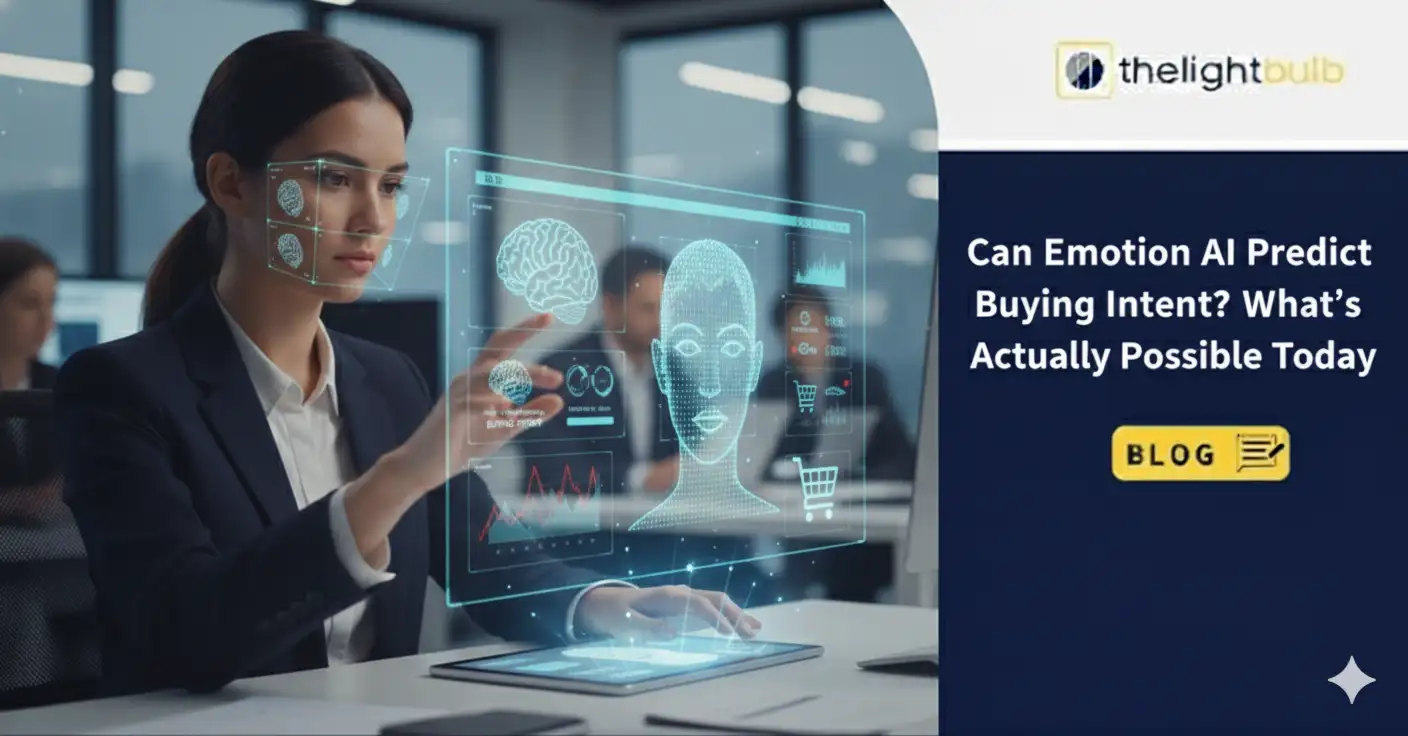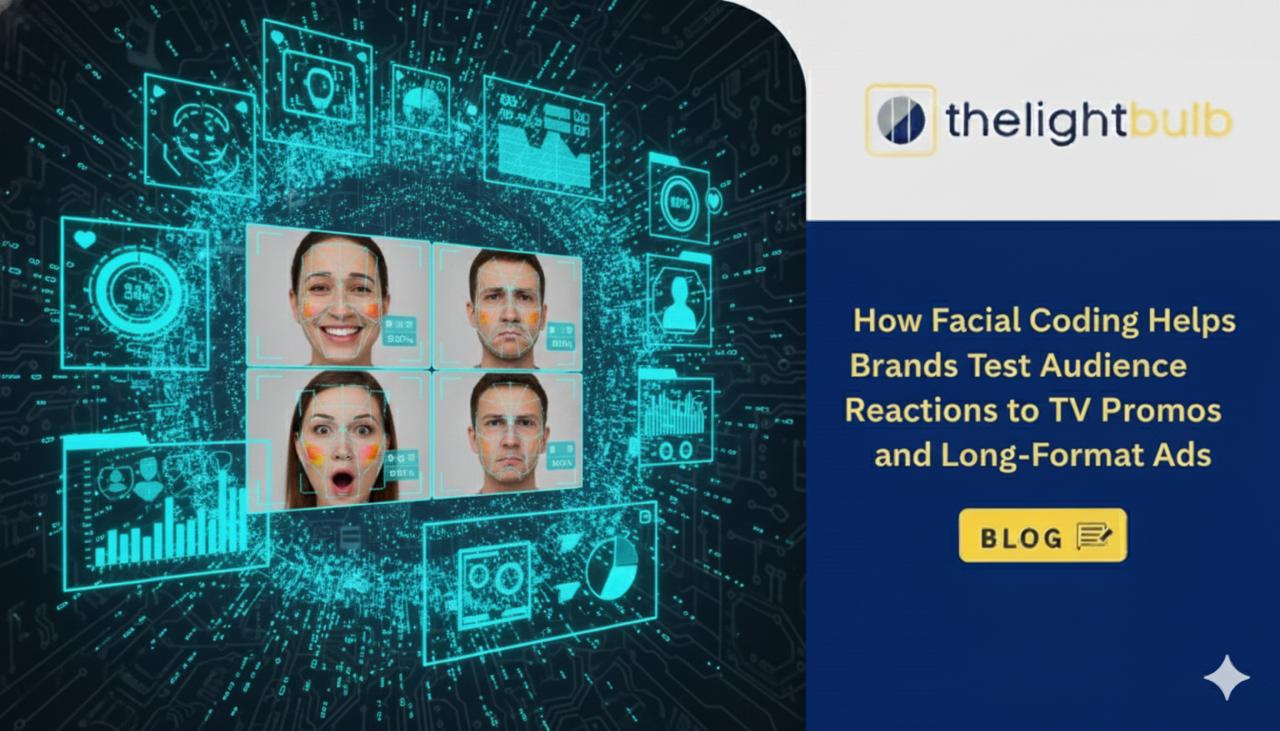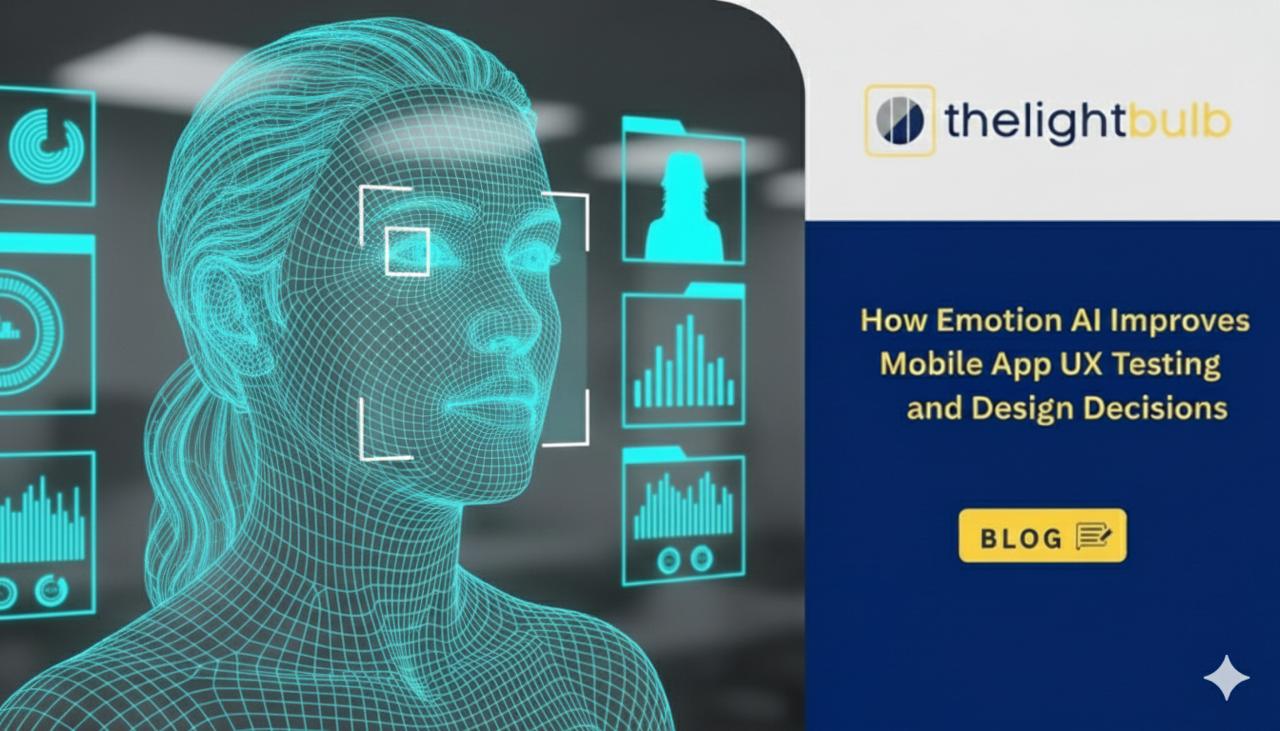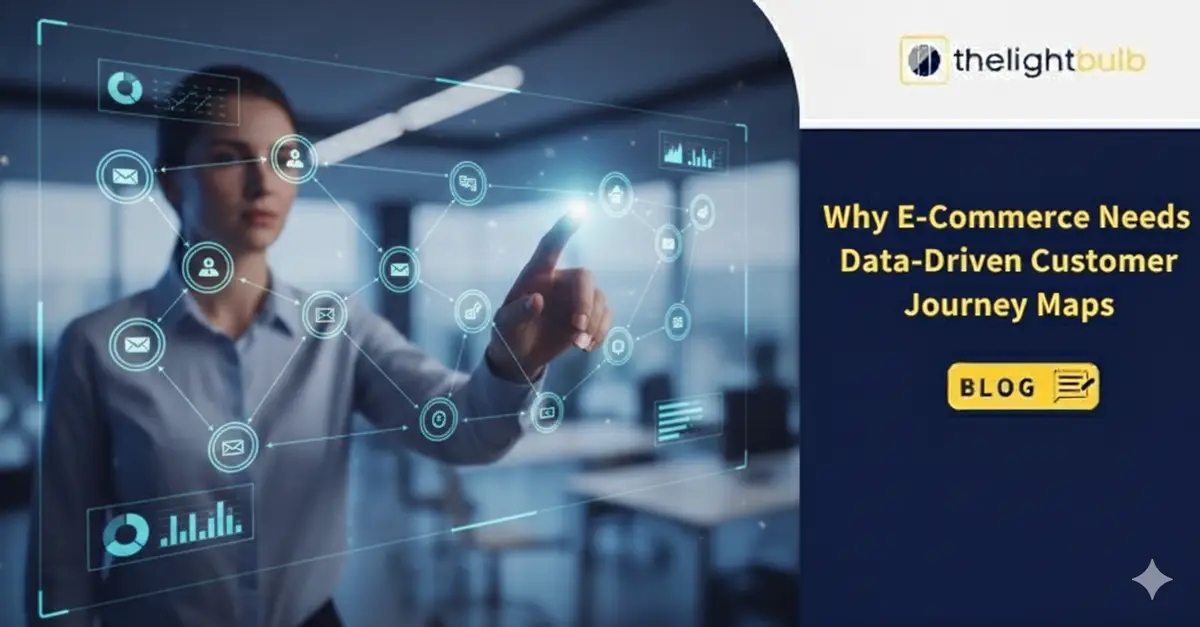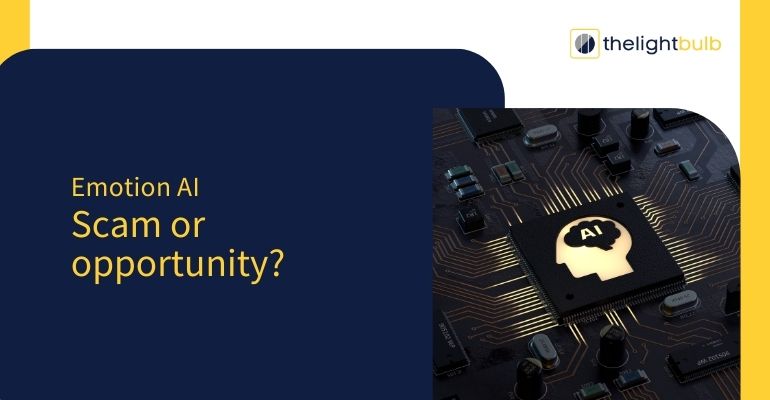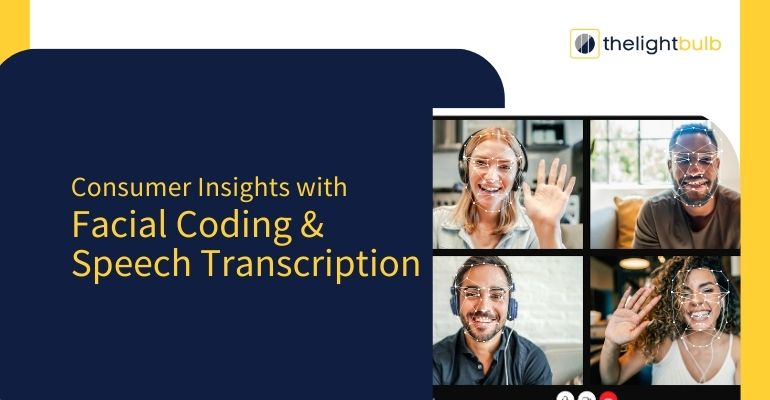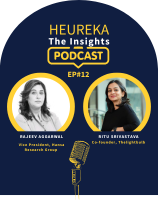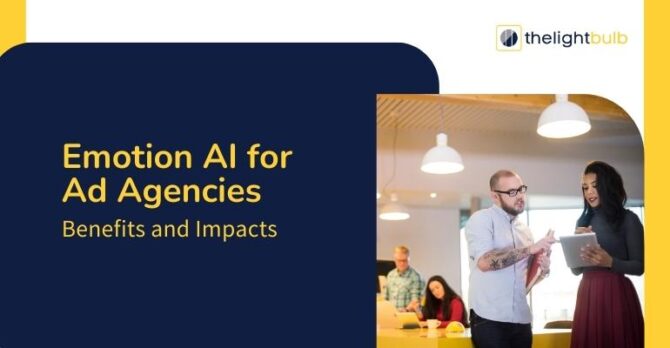
Emotions drive action and behavior from consumers in marketing campaigns. Most ad agencies are aware of this. However, in a world where likes, dislikes and everything between them change quickly, not all advertisements hit the mark. This is where Emotion AI technology steps in to save the day.
With Emotion AI, Ad agencies now can delve into the emotions of audiences and create advertisements that are truly personalized and impactful. Ad Agencies can use emotion AI to unlock the power of customer emotions by gaining insights into their sentiment and tailoring their campaigns to resonate with customer emotions.
The result? – Higher ad impact, increased sales and a stronger brand presence in a fast-paced digital world.
Here are some benefits and impacts of Emotion AI on the advertising industry.
1. Modern Approach
Gone are the days when ad agencies relied solely on sluggish surveys and interviews to grasp a glimpse of their customer’s persona to curate ads. With Emotion AI, the game has changed. Ad agencies can now delve deeper into the emotions of their target audience and craft campaigns that truly resonate with them. Using advanced techniques, such as FACS, voice analysis, eye tracking, and neurological immersion measurement, allows for real-time data collection and analysis.
Drawing inspiration from the work of psychologist Silvan Tomkins, who was a pioneer in the field of effect and bodily processes, ad agencies can now bring their campaigns to life in a way that truly connects with their audience. Emotion AI has revolutionized the advertising game, allowing ad agencies to create campaigns that are not only effective but also meaningful.
2. Improves Customer Loyalty
According to a report by Geenbook, an average customer sees around 4000 ads regularly and he/she has 12 alternatives for the same product. In a world filled with endless advertisements and countless alternatives, creating an ad that stands out can be a daunting task. However, Ad agencies can use Emotion AI to captivate the hearts and minds of audiences. With Emotion AI, agencies can embark on a journey to the depths of the human psyche, unlocking the keys to consumer behavior and dissecting the secrets to building customer trust.
Imagine a scenario – where every time a customer encounters an ad, their facial or vocal emotions are ignited like a spark. Capturing these sparks of emotions, ad agencies can analyze and dissect them to drive consumer behavior activities. With this data in hand, ad agencies can craft campaigns that work well with customers in creating a connection that goes beyond simple recognition and into the realm of true brand loyalty.
Emotion AI is not just a tool for ad agencies, it’s a gateway to a whole new world of possibilities. By tracking the emotional response to different ads, website designs, and product prototypes, ad agencies can quickly pivot and refine their approach, ensuring that their message hits the mark every time. And with the speed and accuracy of Emotion AI technology, ad agencies can spend less time second-guessing and more time creating, igniting a passion in their customers that burns bright and endures.
3. Assists in Offline Advertising
Ad campaigns are stepping up their game with integrating Emotion AI in the offline advertisement. As brands aim to build a deeper connection with their customers, they solely can’t rely on digital avenues. They need to tap in for offline advertisements as well and with Emotion AI they can get a bigger picture of their ad.
One example of how Emotion AI is being utilized in offline advertising is through the use of interactive screens installed in the Sao Paulo Metro Yellow Line, which millions of people engage with. These screens gather information on the emotional responses of daily passengers to ads, providing valuable insights for ad agencies. With these insights, ad agencies can curate better, like if a customer displays a frown upon seeing a price, the agency can adjust the pricing. If customers need clarification on the packaging, the agency can modify it for better usability. And if customers exhibit frustration with the store layout, the agency can change enhance the shopping experience.
4. Advanced Personalized Marketing
According to a study, brands experienced 2x sales when an advertisement had a personalized emotional effect on consumers. Agencies can create an advanced personalized ad by incorporating Emotion AI in target marketing. Imagine capturing every micro and macro facial reaction to your advertisements and gaining a deep understanding of what your audience truly thinks and feels. Emotion AI can help reveal not just their thoughts on your ad, but also their likelihood to take action, like making a purchase or their emotional state are seeing an ad.
With this information, ad agencies can sort their customers into segments based on their emotions, allowing them to deliver tailored, impactful advertisements that speak directly to their desired target market in an advanced personalized ad. No more guesses or assumptions, just data-driven decisions that can elevate your marketing game. Emotion AI is the missing piece of the puzzle.
5. Save Time, Cost, and Efforts
Ad agencies can significantly reduce the time and cost of branding by using Emotion AI. With Emotion AI brands tap into the subconscious behavior that drives 95% of purchase decisions, providing a more humanized experience for customers that helps brands communicate effectively with their customers and deliver better results, reducing the chance of missed conversions. By utilizing Emotion AI, brands can streamline the development process, accelerate the go-to-market cycle, and maximize their return on investment.
While traditional feedback channels such as surveys, polls, and focus groups have their place, Emotion AI is a powerful tool in today’s digital marketplace. It provides brands with a more complete picture of customer behavior and emotions, facilitating data-driven decisions. Ad agencies that embrace Emotion AI will be well-positioned to help their clients achieve their goals and stay ahead of the competition.
